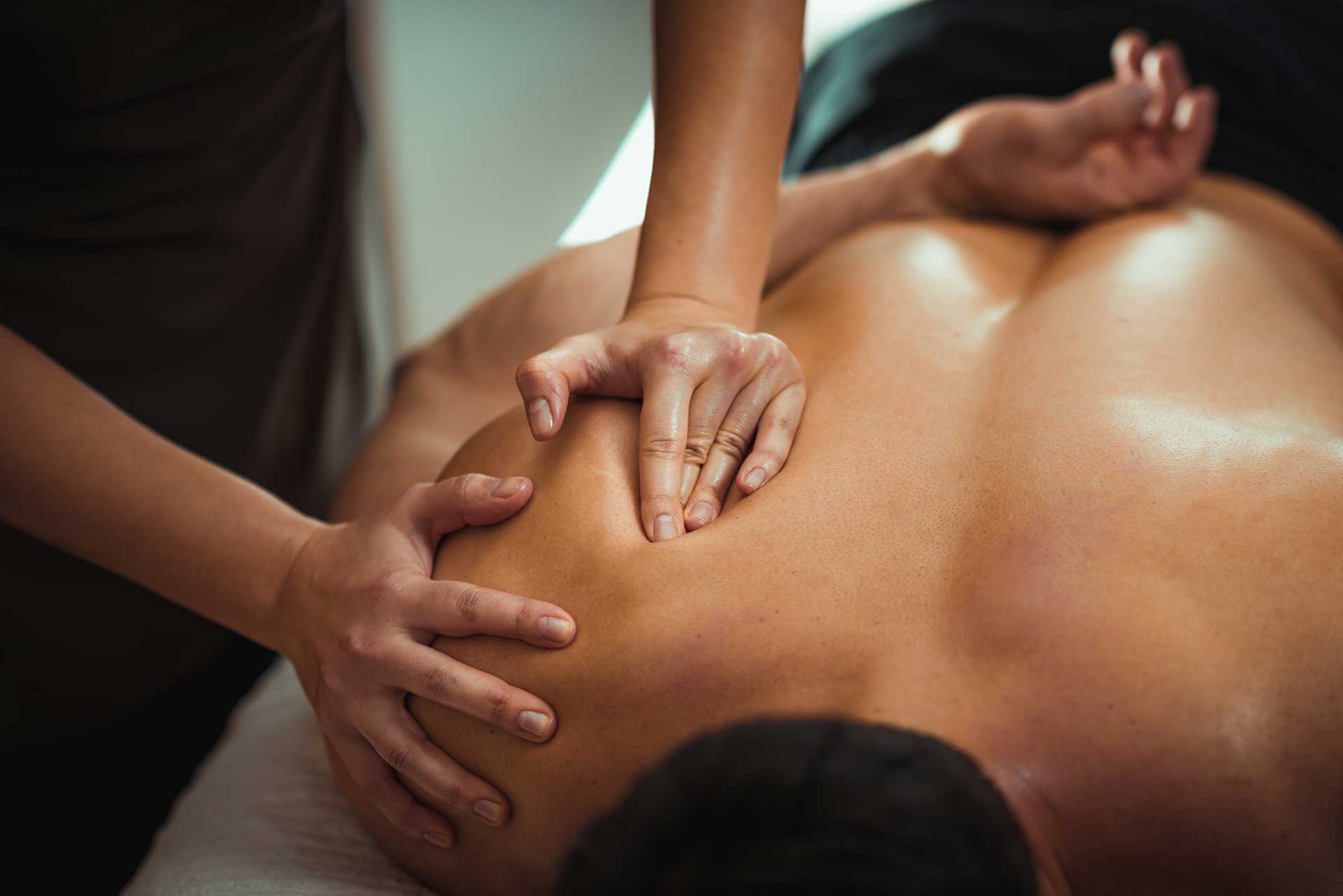Benefits of Sports Massage: Enhancing Recovery and Relaxation
- 24 June 2024
Sports massage is a form of massage therapy that focuses on addressing the specific needs of athletes and individuals engaged in regular physical activity. It's designed to help athletes prepare their bodies for optimal performance, recover after a big event, or function well during training.
Sports Massage Techniques
Sports massage therapists typically use a variety of techniques such as Swedish massage, deep tissue massage, and stretching to target areas of the body that are overused and stressed from repetitive and often aggressive movements. This can help in reducing muscle tension, promoting flexibility, preventing injuries, and enhancing athletic performance.
Swedish Massage
Swedish massage is one of the most common types of massage therapy, characterized by its gentle and relaxing approach. The primary goal of Swedish massage is to promote relaxation and improve circulation throughout the body.
Techniques used in Swedish massage include:
- Effleurage: Long, gliding strokes that help warm up the muscles and promote blood flow.
- Petrissage: Kneading and squeezing movements that target deeper layers of muscle tissue, promoting relaxation and tension relief.
- Tapotement: Rhythmic tapping or percussion movements that stimulate the muscles and invigorate the body.
- Friction: Deep, circular movements that target specific areas of tension or discomfort, helping to release knots and adhesions.
Swedish massage is often used for general relaxation, stress relief, and improving overall well-being. It's a great option for people who are new to massage or prefer a lighter touch.
Deep Tissue Massage
Deep tissue massage is a more intensive form of massage therapy that targets the deeper layers of muscle and connective tissue. The goal of deep tissue massage is to release chronic tension and tightness in the muscles, as well as break up adhesions (bands of painful, rigid tissue) that can form due to injury or overuse.
Techniques used in deep tissue massage include:
- Deep Pressure: Firm, sustained pressure applied to specific areas of tension or discomfort.
- Trigger Point Therapy: Targeting specific points of pain or tension, known as trigger points, to release tight muscles and alleviate pain.
- Myofascial Release: Stretching and manipulating the fascia (connective tissue) surrounding muscles to improve mobility and reduce restrictions.
Deep tissue massage can be more intense than Swedish massage and may cause some discomfort, especially in areas of chronic tension. However, it can provide significant relief for those dealing with chronic pain, injury recovery, or restricted mobility.
Stretching
Stretching is a fundamental component of many massage therapy sessions, designed to improve flexibility, range of motion, and muscular function. During a massage session, the therapist may incorporate passive stretching techniques, where they gently move and stretch the client's limbs or joints. Stretching can help lengthen tight muscles, reduce stiffness, and improve overall mobility.
Some common stretching techniques used in massage therapy include:
- Static Stretching: Holding a stretch position for a set period of time to lengthen muscles and improve flexibility.
- PNF (Proprioceptive Neuromuscular Facilitation) Stretching: Alternating between stretching and contracting muscles to improve flexibility and enhance muscle activation.
- Active Stretching: Engaging specific muscle groups to move joints through their full range of motion, promoting flexibility and mobility.
Stretching can complement other massage techniques by addressing muscular tightness and imbalance, promoting relaxation, and enhancing the overall effectiveness of the session.
Benefits Of Sports Massage
Improved Circulation
Sports massage techniques, such as effleurage (long, sweeping strokes) and petrissage (kneading), stimulate blood flow to the muscles. Increased circulation enhances the delivery of oxygen and nutrients to muscle tissues, aiding in their repair and regeneration. Improved blood flow also facilitates the removal of metabolic waste products, such as lactic acid, which can accumulate during exercise and contribute to muscle soreness.
Reduced Muscle Tension
Sports massage targets areas of muscle tightness and tension, using techniques like deep tissue massage and trigger point therapy. By applying pressure and manipulation to these areas, the therapist can release knots and adhesions in the muscle fibers, promoting relaxation and alleviating discomfort. Reduced muscle tension leads to greater flexibility and range of motion, allowing athletes to move more freely and perform at their best.
Injury Prevention
Sports massage therapists can identify areas of muscular imbalance, weakness, or overuse that may predispose athletes to injury. By addressing these issues through targeted massage and corrective exercises, sports massage helps rebalance the body and reduce the risk of injury. Regular sessions can also help athletes maintain optimal muscle health and function, minimizing the likelihood of overuse injuries and strains.
Faster Recovery
Sports massage promotes faster recovery by reducing inflammation and soreness in the muscles. Techniques like compression and friction massage help increase circulation to injured or fatigued tissues, hastening the removal of metabolic waste and promoting healing. By accelerating the recovery process, athletes can return to training or competition sooner, minimizing downtime and maximizing performance gains.
Enhanced Performance
Improved flexibility and range of motion resulting from sports massage allow athletes to move more efficiently and effectively. Reduced muscle tension and fatigue enable athletes to exert more force and power during training or competition. By optimizing muscle function and alignment, sports massage helps athletes perform at their peak, achieving better results and reaching their goals.
Stress Relief
Sports massage induces a relaxation response in the body, triggering the release of endorphins and other feel-good hormones. The calming effects of massage therapy reduce levels of stress hormones like cortisol, promoting a sense of well-being and tranquility. By alleviating physical and mental tension, sports massage helps athletes manage stress more effectively, improving their overall quality of life.
Improved Posture
Sports massage can address postural imbalances and muscular dysfunctions that contribute to poor posture. By releasing tight muscles and strengthening weak ones, massage therapy helps restore proper alignment and balance in the body. Improved posture not only reduces the risk of injury but also enhances biomechanical efficiency, allowing athletes to move with greater ease and efficiency.





